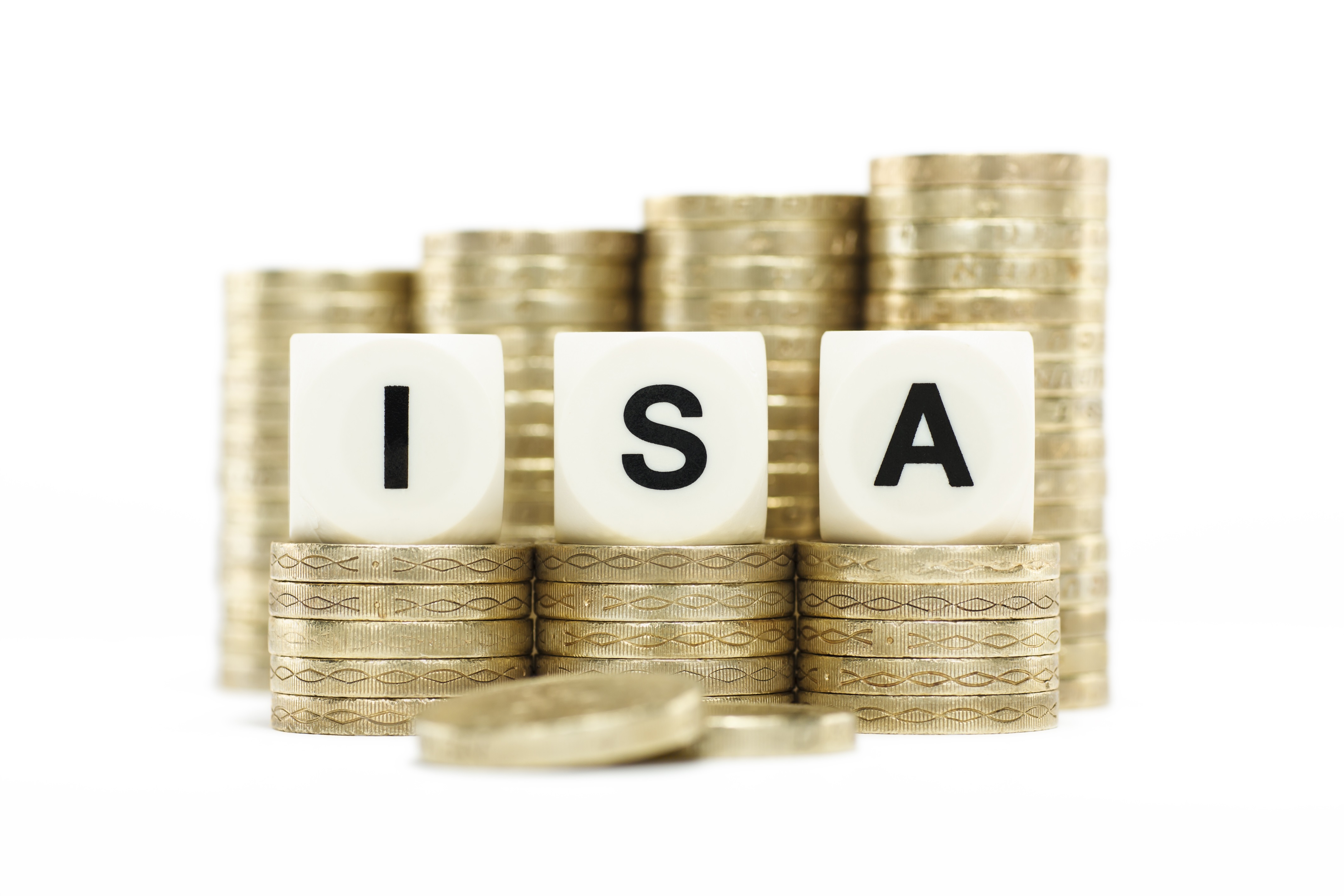Getting Started
Savers to have six ISA options: which one’s best for you?

From April 2017, savers and investors will be able to choose from six different ISAs. Laith Khalaf of Hargreaves Lansdown gives an overview of what each offers and who they are suitable for.
The new Lifetime ISA announced in the Budget will give investors greater choice when it comes to investing for the future, and it’s certainly worth chewing over how to use this new addition to the ISA family.
However right now ISA investors have a more pressing matter to deal with – the rapidly approaching end of the tax year. In the next two weeks you need to take up the current ISA allowance, or lose it forever. See YourMoney.com’s back to basics ISA guide for more information.
Cash ISA
Suitable for:
- Building up a rainy day fund
- Short term cash needs
- Those over 16 years of age
- Maximum of £15,240 in 2015/16 and 2016/17 and £20,000 in 2017/18.
The cash ISA is still the best way to build up a rainy day fund because it can be withdrawn at any time to cover emergency costs. Interest rates on all cash products are currently measly. While that means the income tax saving provided by a cash ISA is minimal right now, it is still worth using the tax shelter because this won’t necessarily always be the case. You also have the optionality to switch into a stocks and shares ISA at any point.
Stocks and Shares ISA
Suitable for:
- Investing to meet medium term goals like children’s university fees
- Investing for and in retirement
- Those over 18 years of age
- Maximum of £15,240 in 2015/16 and 2016/17 and £20,000 in 2017/18.
The Stocks and Shares ISA is a stalwart of medium and long term saving because it is tax-efficient and extremely flexible and can be withdrawn tax-free at any time, and for any purpose.
While a Lifetime ISA may also be considered for retirement for younger investors, the government top up will only be available for those under 50, while people find their 50s is a key time to catch up on retirement savings when income is peaking and other costs are falling out of monthly budgets.
Retired investors can also make use of Stocks and Shares ISAs to squirrel away excess income and/or to reinvest their pension tax free lump sum to boost their annual income.
Junior ISA
Suitable for:
- Under 18s only
- Building up savings for a child
- Can accept transfers from Child Trust Funds
The Junior ISA is a £4,080 allowance available to children from birth up to the age of 18, which automatically converts into a cash ISA or Stocks and Shares ISA at age 18. The JISA has proved popular with families looking to build up a nest egg to give their children a head start in the savings race.
Innovative Finance ISA (arriving April 2016)
Suitable for:
- Income seekers willing to take risk
- Over 18s
- Maximum of £15,240 in 2016/17 and £20,000 in 2017/18
Investors will be able to invest in peer to peer loans and crowd-funding debt securities within an ISA, thereby receiving interest from these loans tax-free. The IFISA will appeal to investors looking for higher rates of interest than is available on cash and government bonds, but who are willing to take on the risks associated with lending directly to companies and individuals.
Help-to Buy ISA
Suitable for:
- First time buyers looking to build up a deposit for a house
- Regular cash savers
- Over 18s
- Maximum of £1,200 in first month and £200 a month thereafter up to £12,000.
The Help to Buy ISA allows new accounts to be opened until April 2019, with additions to existing account permitted until 2029. The government adds £1 for each £4 you put in, but only at the point at which you purchase the property.
So far the scheme has been very popular with 350,000 savers signing up already. However when the Lifetime ISA arrives in April 2017 it is likely to steal the Help to Buy ISA’s thunder, indeed investors will be able to transfer existing Help to Buy ISA funds into a Lifetime ISA at that stage. See YourMoney.com’s Help to Buy ISA: the facts for more information.
Lifetime ISA
Suitable for
- Investors looking to save for purchasing a first house, or saving for retirement
- Withdrawals are tax-free like other ISAs if used to purchase a first property, or after the age of 60, otherwise there is a 25% tax charge
- People aged 18 to 50 (you have to be under 40 to open the account initially but will be able to top up and get a government bonus up to the age of 50)
- Arriving April 2017
- Maximum of £4,000 (£5,000 including the government top up)
- Falls within overall £20,000 ISA limit in 2017/18
The new LISA will help younger investors save for a house or for retirement. Like a Help to Buy ISA it comes with a £1 government top up for each £4 saved, but unlike the Help to Buy ISA you get this top up at the end of the tax year. Other differences include the fact you can invest in stocks and shares or cash (Help to Buy ISA is just cash) and you don’t have to save each month, you can put a lump sum each year. See YourMoney.com’s Lifetime ISA guide for more information.
Laith Khalaf is a senior analyst at Hargreaves Lansdown.